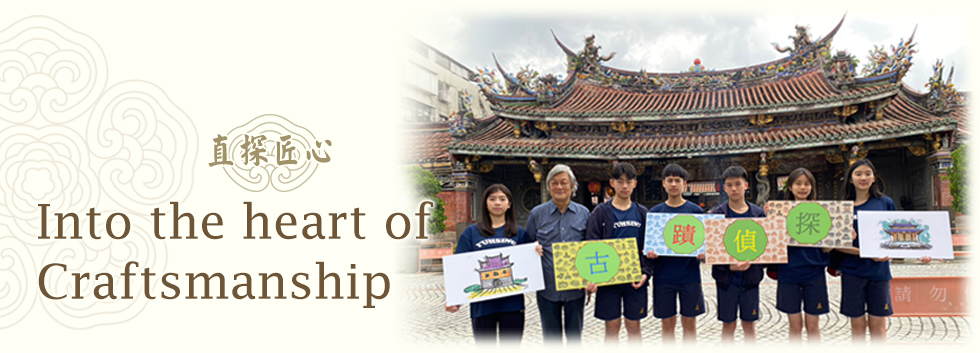Organized by Daniel Ho
Citadels
A “citadel” refers to the combination of a castle and a fortress. The main structure of a castle historically included the city gate and wall. These were usually located inside the administrative center of a city. The main purpose of the city wall and gate was to protect the safety of city residents. It formed a passive defense against invaders. On the contrary, the fortress, which was placed at major commercial ports, was an active defense. Artillery and army units were placed inside the fortress.
The most prominent structure of the castle was the city gate. City gates were named after the four directions, North, South, East, and West. Taipei, Hsinchu, Tainan, and Fengshan all had ancient gates, though each was somewhat different in design. The weapons used to defend the gate included bows and arrows, knives, guns, and cannons. The shape of the city gate eventually changed into a bunker that housed soldiers. The differing design of the Taipei City gate is an example of how gates often differ from others. The Chihkan Tower in Tainan was originally built by the Dutch as an administrative center. In this way, it resembled the original design of Fort San Domingo in Tamsui. After the abutment (the place at which one thing borders on another) was destroyed, the Chihkan Tower was converted into a Chinese-style pavilion. These gates have since lost their original defensive and administrative functions and are now less of a focus for people in each city.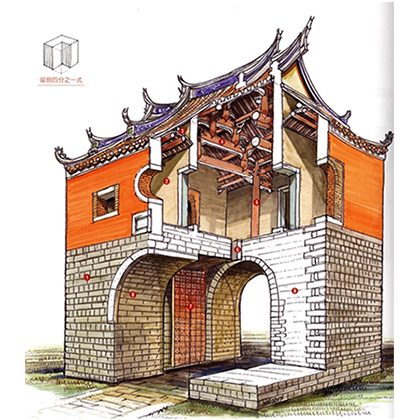
Source: Professor Li Chien-Lang
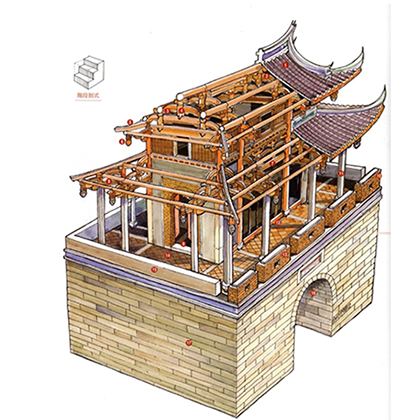
Source: Professor Li Chien-Lang
Major fortresses also exist in both the northern and southern parts of Taiwan. Fort Santo Domingo is one such major fort located in the northern district of Tamsui, while the Cihou Fort is in the south. Both forts are built on a hill to provide them with a commanding view. Fort Santo Domingo was originally built by the Spaniards, whose original purpose was to house cannons. Later, the Dutch and British remodeled it. Its functions and uses are, therefore, quite different from the Spanish time though it retained the western style throughout these changes. In the south, Erkunshan Fortress and Cihou Fort both have special styles. They are both Chinese fortresses in their physical shape but were stocked with western cannons. Both were almost destroyed in the Japanese invasion of Taiwan (1895) at the end of the Qing dynasty.
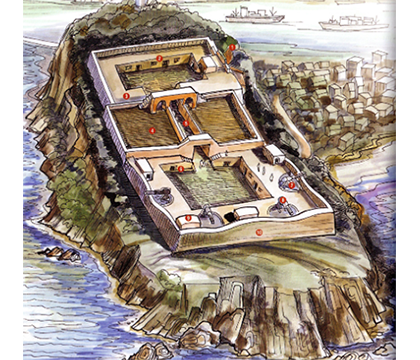
Source: Professor Li Chien-Lang
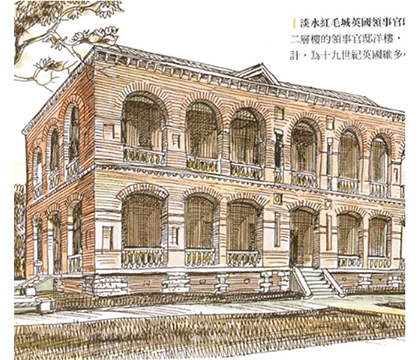
Source: Professor Li Chien-Lang
These castles have histories lasting hundreds of years and are, therefore, a testimony to the history of Taiwan. Preserving them is not easy. Most are located in areas of high traffic and are tourist attractions. Others have been subject to demolition due to disuse. Fortunately, a group of scholars with deep research interests in historical buildings fought for the funds to restore them. They fought for the importance of restoring buildings of this kind to preserve them as historic sites. Reading the book Into the Heart of Craftsmanship by Professor Li Chien-Lang allowed me to experience these buildings in a way that neither photos nor touching physical objects would allow. Professor Li has invested countless energy to enable us to have inspiration from these buildings.
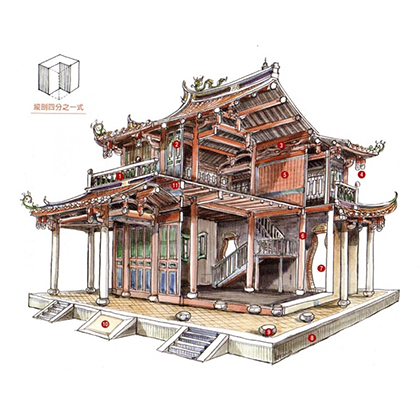
Source: Professor Li Chien-Lang

Source: Professor Li Chien-Lang
- https://www.books.com.tw/products/0010825347

